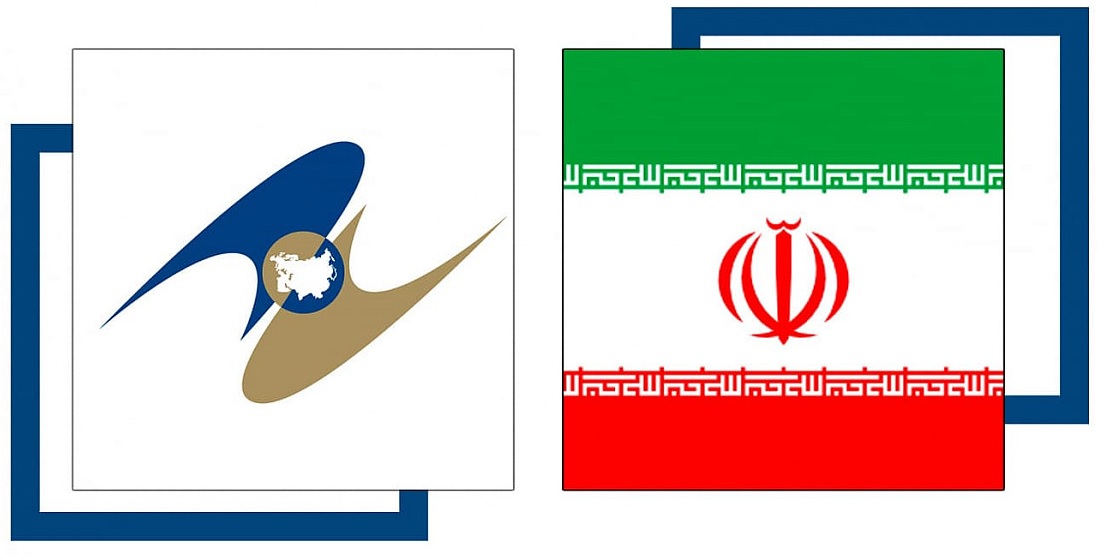National business gains access to the sea based on the Iran-EAEU Free Trade Agreement
For the first time in the half-century history of the international economy, the largest country in the Middle East has opened its market to goods from other countries. The most important event occurred thanks to the Free Trade Agreement (FTA) between the Islamic Republic of Iran and the Eurasian Economic Union.
Since May 15, 2025, the EAEU member countries and Iran have created a new market on the economic map of Eurasia. The first statements about the prospects of the economic space have already been made in a number of EAEU member countries. In particular, First Deputy Prime Minister of the Russian government Alexey Overchuk noted that the FTA "creates better competitive conditions for Russian exporters to enter the Iranian market with a population of 90 million people, and, on the other hand, allows us to increase the supply of goods on our domestic market." In Kyrgyzstan, the business community's comments also reflect the strengths of the upcoming partnership. Veronika Isaeva, an expert on economics and industry, shared her opinion with the editorial board of "Business Eurasia".
— Hello, Veronika Vladimirovna! As we can see, the Iranian market and economy are new for domestic entrepreneurs. What area, sector of the economy, in your opinion, can we pay attention to first?
— Hello! The potential of the Iranian market for Kyrgyzstan is revealed almost immediately in several areas. Firstly, this is trade: Iran is a large market with stable domestic demand, especially for agricultural products, textiles, food products, and mineral raw materials. Secondly, production: localization of joint production is of interest - in mechanical engineering, food processing, pharmaceuticals. In addition, the Iranian side demonstrates a high level of scientific and engineering development, especially in the field of agriculture, medicine and nanotechnology. Joint R & D projects, incubators and technology exchange are the future of our interaction.
— As a member of the Eurasian Economic Union, what challenges facing the national economy can Kyrgyzstan solve in cooperation with Iran, a country in the Middle East?
— For Kyrgyzstan, the EAEU FTA with Iran, due to its geographical location, means solving the strategic task of accessing the Middle East region, where there is a stable interest in products from Central Asia. Through this agreement, Kyrgyzstan receives a window of opportunity in a much wider market. This also strengthens the transport logic: the North-South corridors, land routes through Turkmenistan or the Caspian direction, become economically justified. For the EAEU, Iran is a bridge to the Persian Gulf economy, and for Kyrgyzstan, it is a way to declare itself as a transit, agricultural and industrial platform.
— In what areas is there economic potential in the partnership between the EAEU and Iran - in Kyrgyzstan?
— Several key growth points are clearly identified in joint interaction. Agro-industrial sector: Iran is interested in safe and environmentally friendly products, and Kyrgyzstan is interested in entering new markets. Energy: this includes equipment supplies and joint development of small hydroelectric power plants. Light industry and textiles: a dialogue has already begun with a number of Iranian companies. It is also worth highlighting pharmaceuticals and the production of building materials. In these areas, we are not competitors, but partners who can strengthen each other.
— Iran is the first partner country in the Middle East for the EAEU and Kyrgyzstan, respectively. According to the UN, this is one of the most densely populated corners of the planet, where both the main routes of world trade pass and where a significant amount of food products are produced. What can the Kyrgyz economy offer for export to the Middle East?
— Kyrgyzstan's competitive advantage is environmentally friendly agricultural products: honey, nuts, legumes, meat, berries, water. Also, textiles and knitwear, which are in demand both in Iran and in the Gulf countries. In addition, today there is a growing interest in educational programs, medical tourism and health services, especially from countries with hot climates. These are niche but promising export areas.
— Investment programs are the most important track of the national economy, and projects with the participation of foreign investors can always be launched in the shortest possible time. In which industries will investments have the best results?
— Iranian investors may be interested in projects in the processing sector, including the food industry, mining, renewable energy, construction and logistics. Kyrgyzstan has attractive conditions: a simplified tax regime, a free economic zone, access to the EAEU markets, as well as a young, able-bodied and adaptable workforce. Joint ventures focused on exports to the EAEU countries are of particular interest.
— And, perhaps, the most curious and expected question: what is attractive about the domestic market of Kyrgyzstan for Iranian suppliers?
— The domestic market of Kyrgyzstan is open and flexible. Today, we are interested in high-quality supplies of medical products, building materials, equipment for processing and the textile industry, as well as household appliances. Iran can offer all this. The main thing is to ensure stable supplies, logistics and a competitive price. This will create trust and ensure a stable presence of Iranian goods in the Kyrgyz market.
Pavel Vlasov
Business Eurasia
